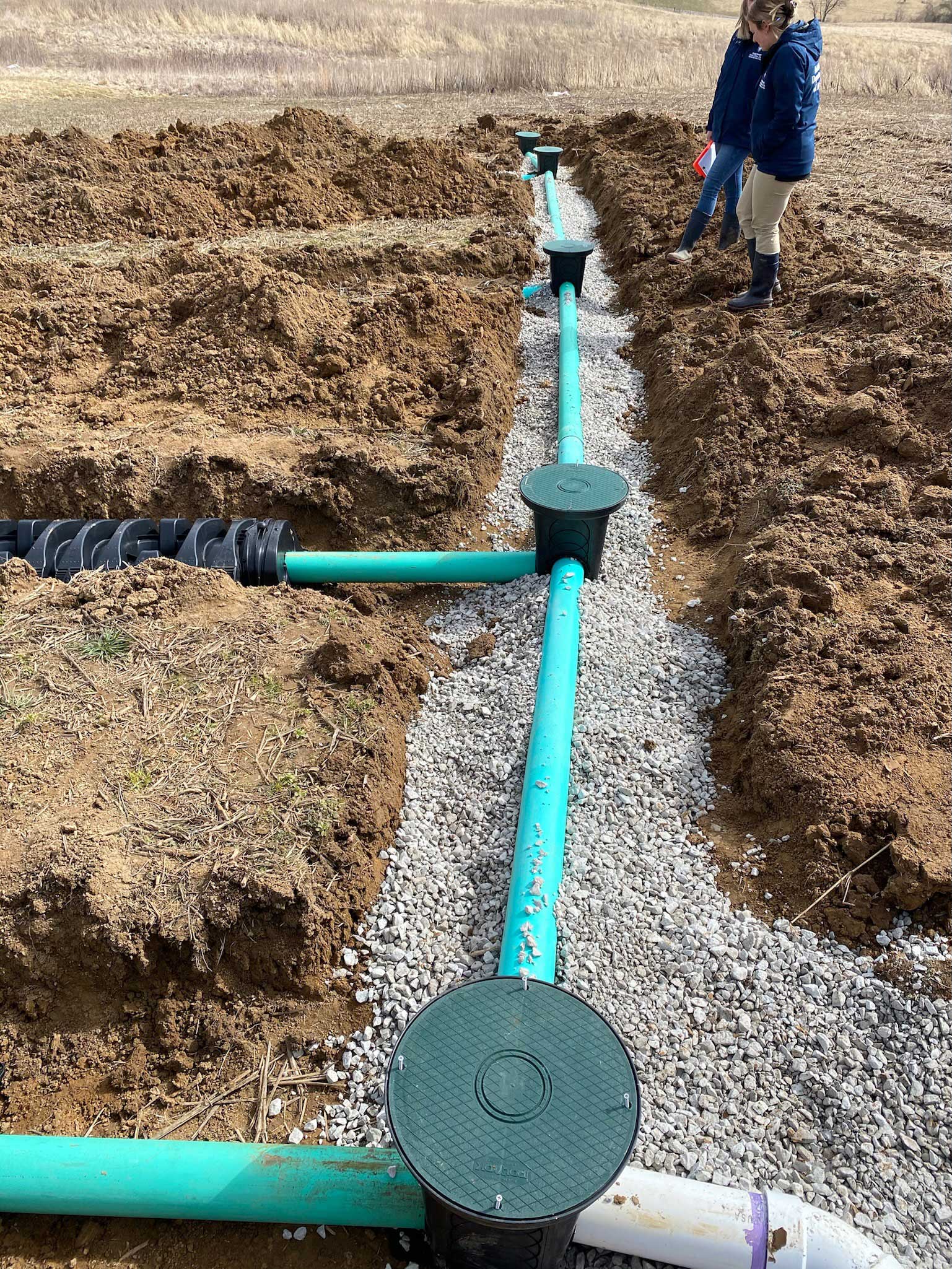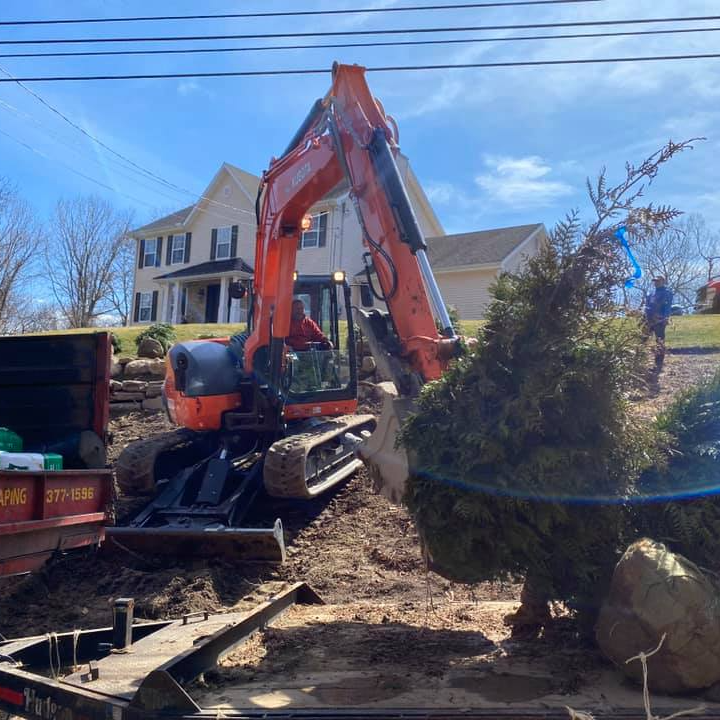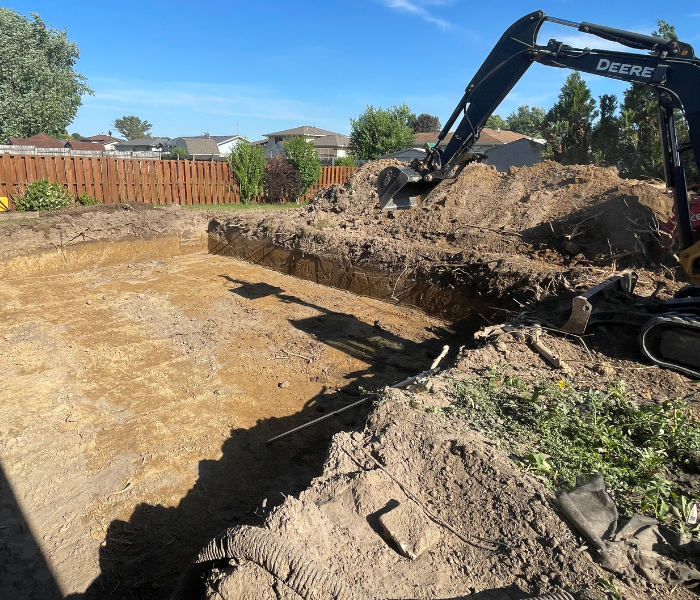Lancaster Excavation - Specialist Excavation Solutions in Lancaster, OH
Lancaster Excavation - Specialist Excavation Solutions in Lancaster, OH
Blog Article
Comprehensive Excavation Methods: Mastering the Fundamentals for Success
In the realm of construction and civil design, the value of reliable excavation techniques can not be overemphasized. The careful planning, specific execution, and careful interest to information needed in excavation projects require a thorough strategy that incorporates numerous essential elements. From preliminary dirt analysis to the execution of security measures and normal progression monitoring, grasping these core aspects is important for achieving success in any type of excavation venture. Nevertheless, truth proficiency lies not simply in recognizing these principles but in effortlessly integrating them to browse the complexities of excavation jobs with skill.
Comprehending Excavation Task Planning

The preliminary stage of any kind of excavation task is the planning phase, where critical choices are made that can significantly influence the end result of the task. Understanding the project extent, timeline, and budget restrictions is important for developing a detailed excavation plan that makes certain the task's success.
One secret element of excavation job planning is the development of a detailed timeline that describes the sequence of turning points, target dates, and tasks. This timeline acts as a roadmap for the task group, permitting them to track progression and make required modifications to guarantee the project remains on routine. Furthermore, a distinct budget plan that accounts for all expenditures, including devices service, labor expenses, and products, is vital for preventing cost overruns and delays. By meticulously taking into consideration all these elements during the drawing board, excavation projects can be implemented efficiently and successfully, leading to successful results.
Dirt Analysis and Website Assessment
Conducting thorough soil evaluation and site examination is an essential action in the preparation stage of any kind of excavation project. Soil evaluation involves identifying the make-up, framework, and homes of the dirt at the excavation website. This information is crucial for recognizing the dirt's bearing capacity, wetness material, and possibility for erosion, which are essential consider establishing the excavation methods and tools needed for the job.
Website evaluation goes beyond dirt evaluation and incorporates a wider assessment of the overall site conditions. This evaluation consists of recognizing any type of prospective risks, such as underground utilities, environmental problems, or unsteady terrain, that could influence the excavation procedure. By extensively reviewing the website, job supervisors can create reliable excavation approaches that focus on security, effectiveness, and environmental management.
Making use of advanced modern technologies like ground-penetrating radar, dirt sampling, and drone surveys can boost the precision and effectiveness of soil evaluation and site evaluation. Investing time and sources in these initial steps can inevitably conserve time and prevent pricey hold-ups or issues during the excavation procedure.
Equipment Selection and Application
Reliable excavation tasks rely heavily on tactical tools choice and utilization to make certain optimal performance and productivity. Choosing the best devices for the task is important in optimizing effectiveness and reducing downtime. Elements such as the sort of dirt, depth of excavation, and project extent play a significant function in identifying the most appropriate equipment for the task available.

Along with choosing the appropriate tools, correct application is essential to task success. Operators must be educated to take care of the devices safely and successfully - septic ohio. Normal maintenance checks and prompt repair work assist protect against failures and make certain consistent performance throughout the project
Safety And Security Measures and Laws Conformity
In the realm of excavation tasks, prioritizing security steps and conformity with guidelines is critical to ensuring a safe and secure and legally sound functional atmosphere. Safety and security procedures include a variety of practices, consisting of carrying out extensive site evaluations, carrying out correct signage and obstacles, and supplying ample security training for all workers associated with the excavation procedure. Adherence to regulations, such as OSHA requirements in the United address States, guarantees that the excavation project fulfills the necessary standards to safeguard employees, onlookers, and the surrounding environment.

Monitoring Progress and Adjusting Techniques
Exactly how can forecast managers efficiently track the development of excavation projects and adjust their methods accordingly to optimize results? Monitoring development is crucial for making sure that excavation projects remain on track and fulfill due dates. Job managers can utilize different devices and methods to track progression, such as everyday report card, normal site assessments, and advanced tracking modern technologies like drones and GPS tracking systems. By continually checking the task's innovation, managers can recognize any type of potential delays or problems beforehand and take proactive actions to resolve them.

Conclusion
To conclude, mastering the basics of comprehensive excavation techniques is essential for the success of any kind of job. By recognizing project planning, analyzing dirt and website problems, selecting proper equipment, complying with safety policies, and keeping an eye on progression, task supervisors can make sure a smooth and effective excavation procedure. Applying these methods will lead to successful outcomes and lessen possible dangers or problems during the excavation project.
The first stage of any excavation task is the preparation phase, where important choices are made that can considerably affect the result of the project. Recognizing the project timeline, budget plan, and scope restrictions is critical visit the website for developing a comprehensive excavation strategy that ensures the job's success.
Exactly how can project supervisors efficiently track the development of excavation jobs and adapt their techniques accordingly to optimize end results? By carefully monitoring progress that site and being eager to adapt techniques, task supervisors can enhance the general success of excavation jobs.
By understanding job planning, assessing soil and site conditions, picking appropriate tools, complying with safety guidelines, and monitoring progression, job managers can make sure a effective and smooth excavation process.
Report this page